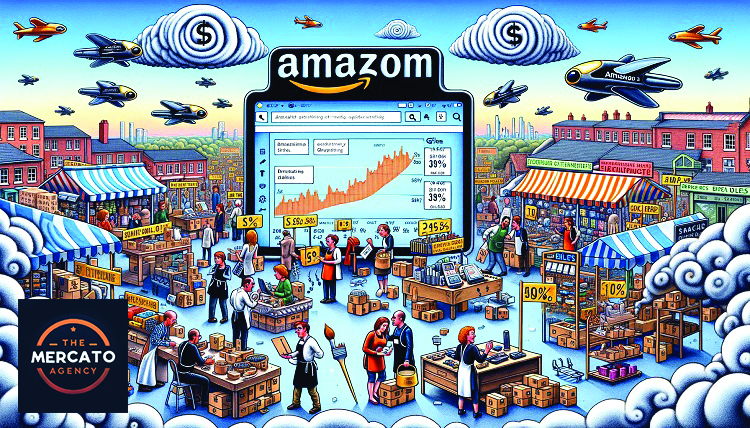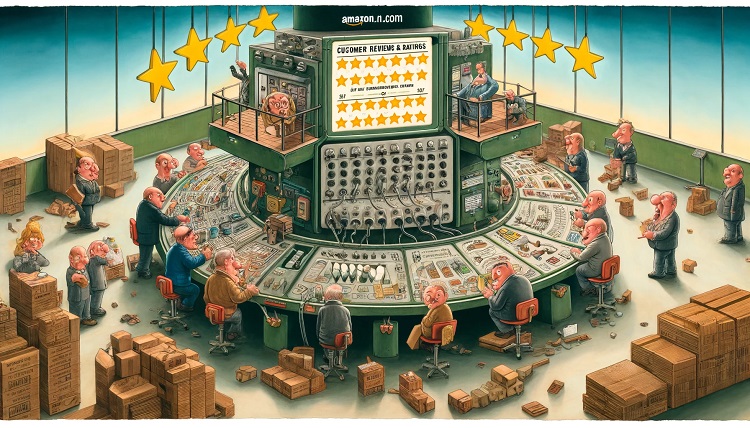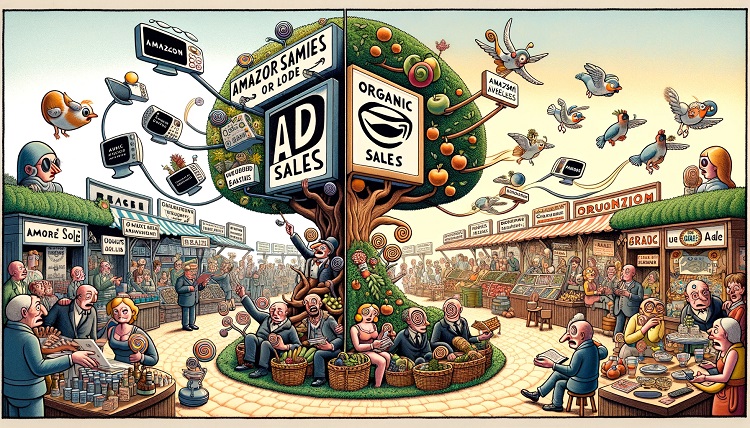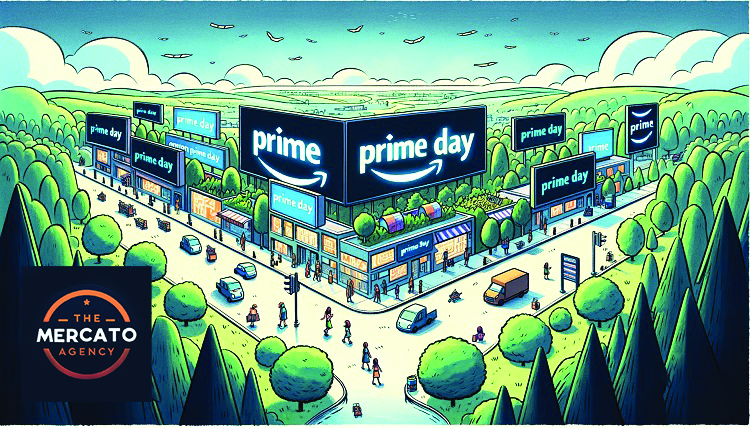Amazon Pricing Strategies: A Sellers Guide
It’s not just about setting a price; it’s about weaving a spell that attracts buyers, wards off competitors, and safeguards your treasure trove of profit margins. Let’s unravel the mysteries of setting competitive prices without sacrificing the gold mine of profitability, incorporating the arcane arts of dynamic pricing strategies along the way.
1. Understand Your Costs: The Foundation Stone
- Calculate to the Last Penny: Before embarking on the quest of setting prices, delve deep into the caverns of your costs. This includes not only the cost of goods sold (COGS) but also Amazon fees, shipping, packaging, and any other costs lurking in the shadows. Knowing your costs is like having a map in a maze; it guides your pricing strategy towards profitability.
2. Analyze Your Competitors: The Spyglass Approach
- Keep Your Enemies Closer: Utilize tools and software that allow you to spy on your competitors’ pricing strategies without them noticing a shadow. This doesn’t mean you should mimic their every move, but rather, understand the battlefield. It’s the equivalent of using a spyglass from the crow’s nest; it helps you navigate through the competitive seas without crashing into price wars.
3. Leverage Psychological Pricing: The Mind Game
- The Magic of Perception: Pricing products just below a round number (e.g., £19.99 instead of £20) can cast a spell of affordability on your products. This ancient merchant trick, known as psychological pricing, plays on customer perception, making the price seem significantly lower than it technically is. It’s a simple spell, but quite unbreakable.
4. Dynamic Pricing: The Shape-shifter Strategy
- Adjust with the Winds of Demand: Dynamic pricing is like being a shape-shifter, adjusting your prices based on market demand, competitor prices, and seasonality. Implementing software that automates this process can keep your prices competitive in real-time, ensuring you don’t miss out on sales or profit opportunities. Think of it as casting a wind spell; you shift with the breezes of the marketplace, always staying one step ahead of your rivals.
5. Perceived Value Pricing: The Alchemist’s Dream
- Turning Lead into Gold: Sometimes, the value of your product isn’t just in the cost but in the perceived value it offers to the customer. By highlighting unique features, benefits, and the problems it solves, you can price your product higher than the competition and still win the buyer’s heart. It’s the alchemist’s dream, turning the lead of perception into the gold of higher profit margins.
6. Promotional Pricing: The Festive Flair
- A Splash of Excitement: Use promotional pricing strategies, such as discounts, limited-time offers, and bundle deals, to create excitement and urgency. It’s like throwing a feast in a marketplace; it attracts attention, encourages immediate purchase, and can significantly increase your sales velocity, improving your product’s ranking on Amazon.
Conclusion
Your pricing strategy is not just a number but a powerful spell that can attract customers, outsmart competitors, and protect your margins. By understanding your costs, analyzing competitors, employing psychological tricks, adjusting with dynamic pricing, increasing perceived value, and using promotional tactics, you can navigate the complex world of pricing strategies with the finesse of a seasoned mage. Remember, in the marketplace as in magic, knowledge, and timing are everything.






